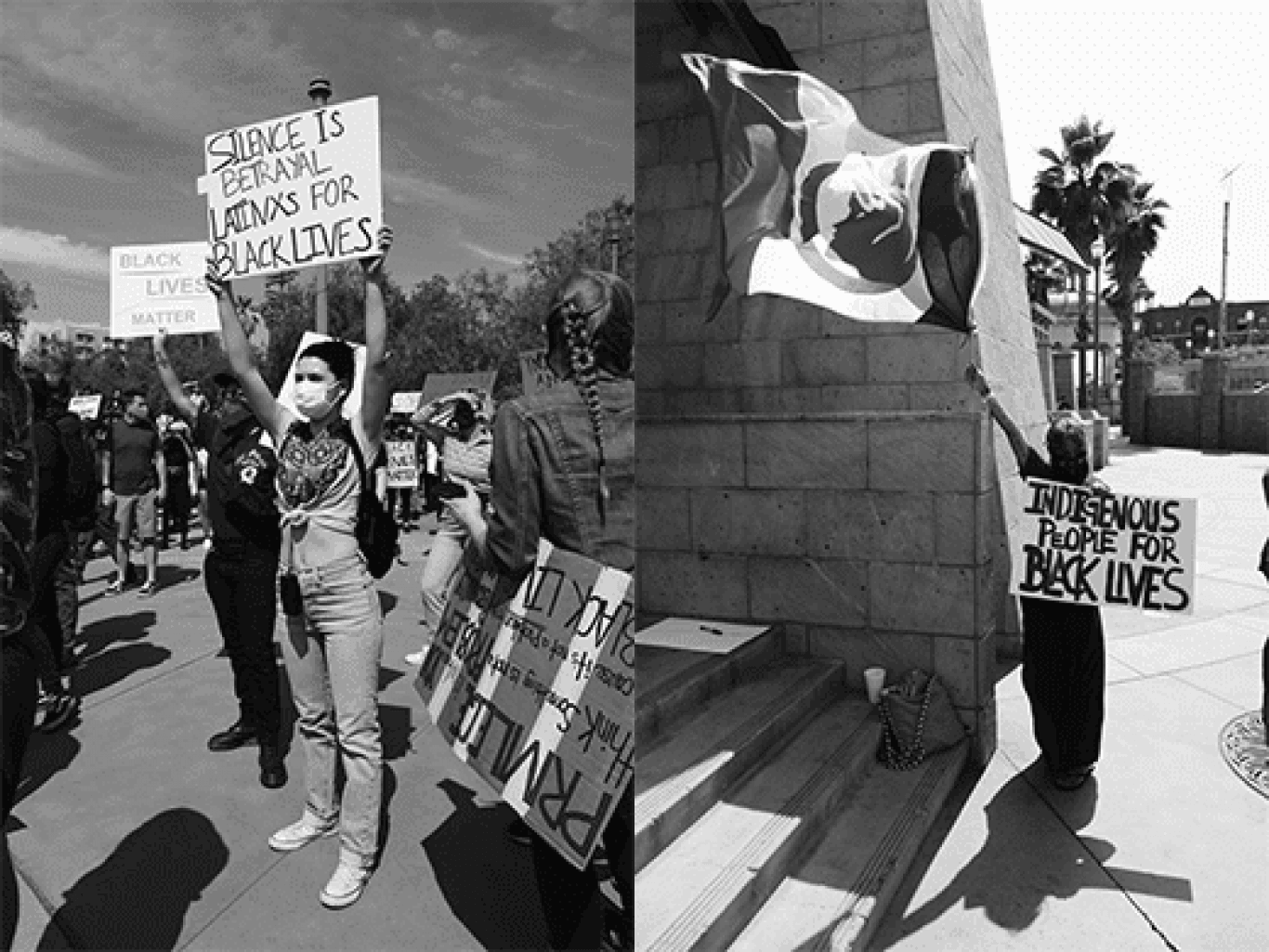Celebrating National Hispanic Heritage Month
Celebrating National Hispanic Heritage Month
by Rut Martinez-Alicea — Director of Equity, People, Culture & Administration
In the US, National Hispanic Heritage Month is celebrated from September 15th to October 15th. In the midst of multiple crises, we recognize this opportunity to take a moment or two to pause, breathe, celebrate and strengthen our perspectives in this moment.

This month – and every month – let us gain a greater understanding of the intersectional realities of our interconnected lives. Let us remember that the heritage of individuals and communities with ancestry from Iberian and Latin American countries as well as many Caribbean Islands are woven into the very fabric of the United States’ and its ever-developing history. This history, this heritage, is part of us all and part of our shared journey.
Your history is my history; my history is your history.
While there are disagreements about the definition of the term “Hispanic” there is little debate around the profound diversity found in Hispanic (Spanish-speaking) or Latino/a/@/x (Latin American) countries. As such, “Hispanic Americans” are also very diverse. As an individual grouped under this vast and diverse umbrella, what seems to be the most significant common experience is how we live life in the US, grouped together under this mostly arbitrary category. That aside, the Hispanic/Latin@/Latinx communities continue to experience food insecurity at a chronic and disproportional rate.
- 11.1% of all households in the US experienced food insecurity at some point in 2018. 16.2% of households, with a head of household identifying as Hispanic, experienced food insecurity during the same period, compared with just 8.1% of households where all household members identified as white.
- When we apply intersectional lenses to the data, the patterns of disproportion are even more striking. While 27% of LGBTQ adults experienced a time in 2018 when they did not have enough money to feed themselves or their families, the percentage of food insecurity among Hispanic LGBTQ adults was 33%.
- Another layer of intersectionality, poverty, illustrates that for trans folx, disproportionate rates are even greater. While the experience of extreme poverty among all races in the US was 4% in 2018, trans folx of all races experienced a rate of 15%, while 28% of Latinx trans community members shared they experienced extreme poverty.
While this has been and continues to be part of our reality, these very communities are exemplary of the human capacity to be resilient, resourceful and creative. Let us celebrate Hispanic Heritage this month and every month, and pledge to make a difference in our communities for the betterment of all. Pledge to #VoteOutHunger this election so that we all may experience food security.
For more information, data and stories about Hispanic Heritage Month, including ways to observe and celebrate, check out these resources below:
- “The histories of Latinos and Latinas in America are diverse. They include the experiences of people with cultural, religious, and linguistic traditions from Spain, Mexico, Cuba, Puerto Rico, Dominican Republic, Guatemala, El Salvador, Costa Rica, and Nicaragua, among other nations from Latin America and Iberia. It is impossible to tell the experiences of these various groups with a single history. Some arrived in the United States as immigrants or refugees while others trace their ancestry to Spanish-speaking or indigenous peoples living in North America long before the establishment of the United States. Latino/as have established missions and businesses, raised families, built agricultural industries and labor unions, written novels and songs, and fought for civil rights in American courts.” (Source: National Hispanic Heritage Month)
- Latino Americans is a “documentary series for television to chronicle the rich and varied history and experiences of Latinos, who have helped shape North America over the last 500-plus years and have become, with more than 50 million people, the largest minority group in the U.S.” (Source: PBS)
- Also from PBS: Latino Americans, a Timeline of Important Dates
- From Teaching Tolerance: 10 myths about immigration
- From the Global Citizen: 7 Hispanic Americans Who Are Making the World A Better Place
- Google Celebrates Felicitas Mendez
7 facts for National Hispanic Heritage Month:
- The U.S. Hispanic population reached 60.6 million in 2019
- About 41% of U.S. Hispanic adults ages 25 and older had at least some college experience in 2018, up from 36% in 2010.
- In 2018, 71% of Latinos ages 5 and older spoke English proficiently, up from 59% in 2000.
- People of Mexican origin account for slightly over 60% (37 million) of the nation’s overall Hispanic population as of 2018. Those of Puerto Rican origin are the next largest group, at 5.8 million (another 3.2 million live on the island)
- From 2010 to 2018, the Venezuelan population in the U.S. increased 106% to 492,000, by far the fastest growth rate. Dominicans and Guatemalans each saw increases of 37%, followed by a 34% increase among the Honduran population.
- Four in-five Latinos are U.S. citizens.
- The share of U.S. Latinos who are immigrants is on the decline and varies by origin group
